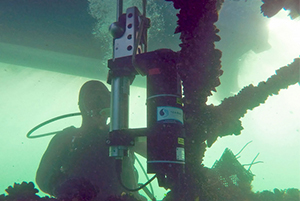Missed us at Ocean Sciences 2020? Check out digital copies of our Science Team’s conference posters to learn more about what they are working on: Field Performance of an ISFET Based Profiling pH SensorCharles W. Branham, Vladislav Simontov, Yuichiro Takeshita &...









